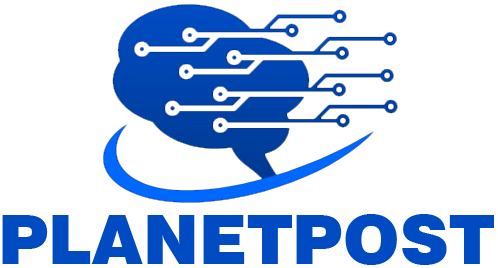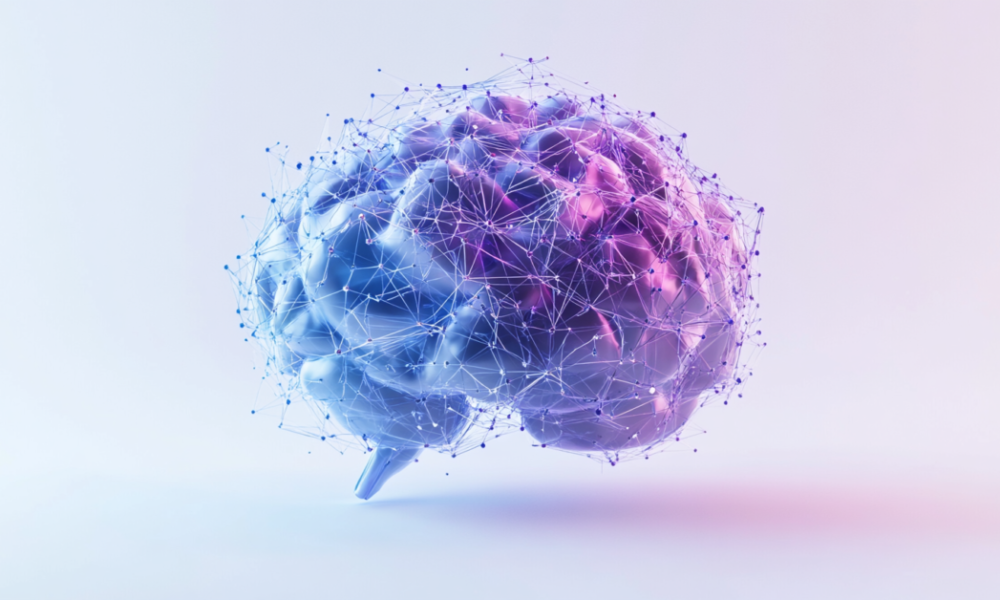Remember when we thought having AI complete a sentence was groundbreaking? Those days feel distant now as AI evolved from simple pattern matching to increasingly sophisticated reasoning. The challenge with AI has always been the gap between general knowledge and specialized expertise. Sure, large language models (LLMs) can discuss almost anything, but asking them to consistently perform complex technical tasks? That is where things often get frustrating.
Traditional AI models have broad knowledge but lack the refined expertise that comes from years of specialized experience. This is where OpenAI’s Reinforcement Fine-Tuning (RFT) enters the picture.
Understanding RFT: When AI Learns to Think, Not Just Respond
Let us break down what makes RFT different, and why it matters for anyone interested in AI’s practical applications.
Traditional fine-tuning is like teaching by example: you show the AI correct answers and hope it learns the underlying patterns.
But here is what makes RFT innovative:
- Active Learning Process: Unlike traditional methods where models simply learn to mimic responses, RFT allows AI to develop its own problem-solving strategies. It is the difference between memorizing answers and understanding how to solve the problem.
- Real-time Evaluation: The system does not just check if the answer matches a template – it evaluates the quality of the reasoning process itself. Think of it as grading the work, not just the final answer.
- Reinforced Understanding: When the AI finds a successful approach to solving a problem, that pathway is strengthened. It is similar to how human experts develop intuition through years of experience.
What makes this particularly interesting for the industry is how it democratizes expert-level AI. Previously, creating highly specialized AI systems required extensive resources and expertise. RFT changes this by providing a more accessible path to developing expert AI systems.
Real-World Impact: Where RFT Shines
The Berkeley Lab Experiment
The most thoroughly documented implementation of RFT comes from Berkeley Lab’s genetic disease research. The challenge they faced is one that has plagued medical AI for years: connecting complex symptom patterns with specific genetic causes. Traditional AI models often stumbled here, lacking the nuanced understanding needed for reliable medical diagnostics.
Berkeley’s team approached this challenge by feeding their system with data extracted from hundreds of scientific papers. Each paper contained valuable connections between symptoms and their associated genes. They used the o1 Mini model – a smaller, more efficient version of OpenAI’s technology.
The RFT-trained Mini model achieved up to 45% accuracy at maximum range, outperforming larger traditional models. This was not just about raw numbers – the system could also explain its reasoning, making it valuable for real medical applications. When dealing with genetic diagnoses, understanding why a connection exists is just as crucial as finding the connection itself.
Image: Rohan Paul/X
Thomson Reuters
The Thomson Reuters implementation offers a different perspective on RFT’s capabilities. They chose to implement the compact o1 Mini model as a legal assistant, focusing on legal research and analysis.
What makes this implementation particularly interesting is the framework they are working with. Legal analysis requires deep understanding of context and precedent – it is not enough to simply match keywords or patterns. The RFT system processes legal queries through multiple stages: analyzing the question, developing potential solutions, and evaluating responses against known legal standards.
The Technical Architecture That Makes It Possible
Behind these implementations lies a sophisticated technical framework. Think of it as a continuous learning loop: the system receives a problem, works through potential solutions, gets evaluated on its performance, and strengthens successful approaches while weakening unsuccessful ones.
In Berkeley’s case, we can see how this translates to real performance improvements. Their system started with basic pattern recognition but evolved to understand complex symptom-gene relationships. The more cases it processed, the better it became at identifying subtle connections that might escape traditional analysis.
The power of this approach lies in its adaptability. Whether analyzing genetic markers or legal precedents, the core mechanism remains the same: present a problem, allow time for solution development, evaluate the response, and reinforce successful patterns.
The success in both medical and legal domains points to RFT’s versatility. These early implementations teach us something crucial: specialized expertise does not require massive models. Instead, it is about focused training and intelligent reinforcement of successful patterns.
We are seeing the emergence of a new paradigm in AI development – one where smaller, specialized models can outperform their larger, more general counterparts. This efficiency creates more precise, more reliable AI systems for specialized tasks.

Image: OpenAI
Why RFT Outperforms Traditional Methods
The technical advantages of RFT emerge clearly when we examine its performance metrics and implementation details.
Performance Metrics That Matter
RFT’s efficiency manifests in several key areas:
- Precision vs. Resource Use
- Compact models delivering specialized expertise
- Targeted training protocols
- Task-specific accuracy improvements
- Cost-Effectiveness
- Streamlined training cycles
- Optimized resource allocation
- Efficient data utilization
Developer-Friendly Implementation
The accessibility of RFT sets it apart in practical development:
- Streamlined API integration
- Built-in evaluation systems
- Clear feedback loops
The system’s evolution through active use creates a continuous improvement cycle, strengthening its specialized capabilities with each interaction.
Beyond Current Applications
The traditional path to creating expert AI systems was expensive, time-consuming, and required deep expertise in machine learning. RFT fundamentally changes this equation. OpenAI has crafted something more accessible: organizations only need to provide their dataset and evaluation criteria. The complex reinforcement learning happens behind the scenes.
Early 2025 will mark a significant milestone as OpenAI plans to make RFT publicly available. This timeline gives us a glimpse of what is coming: a new era where specialized AI becomes significantly more accessible to organizations of all sizes.
The implications vary across sectors, but the core opportunity remains consistent: the ability to create highly specialized AI assistants without massive infrastructure investments.
Healthcare organizations might develop systems that specialize in rare disease identification, drawing from their unique patient databases. Financial institutions could create models that excel at risk assessment, trained on their specific market experiences. Engineering firms might develop AI that understands their particular technical standards and project requirements.
If you’re considering implementing RFT when it becomes available, here is what matters most:
- Start organizing your data now. Success with RFT depends heavily on having well-structured examples and clear evaluation criteria. Begin documenting expert decisions and their reasoning within your organization.
- Think about what specific tasks would benefit most from AI assistance. The best RFT applications are not about replacing human expertise – they are about amplifying it in highly specific contexts.
This democratization of advanced AI capabilities could reshape how organizations approach complex technical challenges. Small research labs might develop specialized analysis tools. Boutique law firms could create custom legal research assistants. The possibilities expand with each new implementation.
What’s Next?
OpenAI’s research program is currently accepting organizations that want to help shape this technology’s development. For those interested in being at the forefront, this early access period offers a unique opportunity to influence how RFT evolves.
The next year will likely bring refinements to the technology, new use cases, and increasingly sophisticated implementations. We are just beginning to understand the full potential of what happens when you combine deep expertise with AI’s pattern-recognition capabilities.
Remember: What makes RFT truly revolutionary is not just its technical sophistication – it is how it opens up new possibilities for organizations to create AI systems that truly understand their specific domains.




